CAPABILITIES
3D Printing Service
Custom 3D printed parts and products with high precision and detail, whether for prototyping or full-scale production.
- SLA, FDM, SLS, DMLS Printing
- Precise tolerances of ± 0.025 mm
- ISO 9001:2015 certification
- Complex Shapes and Geometries
- Lead time as low as one day





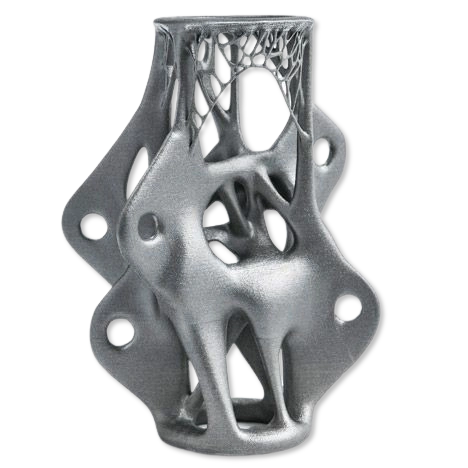
All uploads are secure and confidential.
Our 3D Printing Service
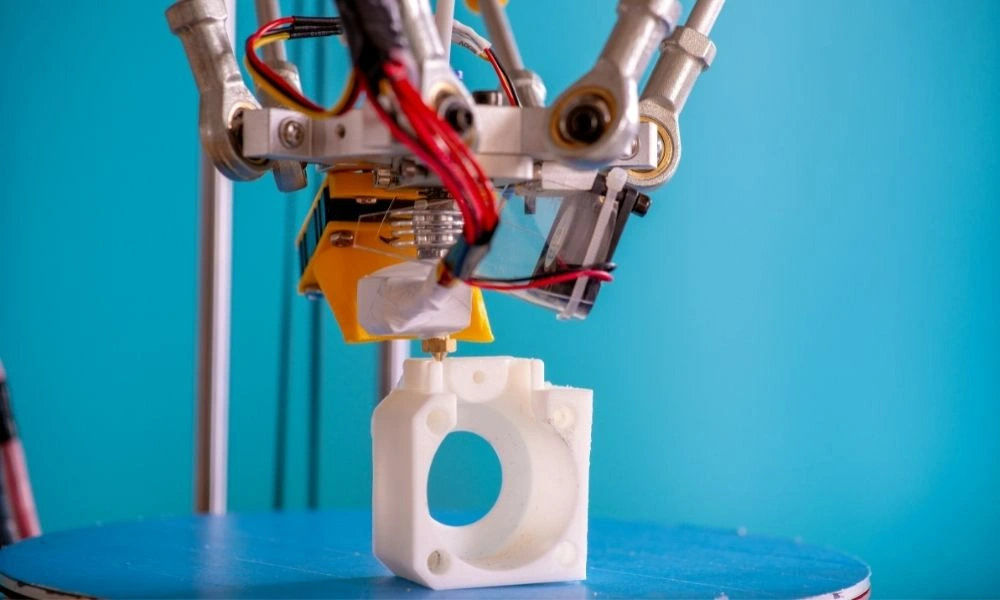
ProleanTech is a Professional 3D printing company with almost 100+ resin options. We have advanced 3D printing technologies in our factory, including Stereolithography (SLA), Fused Deposition Modeling (FDM), Selective Laser Sintering (SLS), Direct Metal Laser Sintering (DMLS) etc.
Our focus is on creating affordable 3D printing components for diverse applications without sacrificing quality and precision. Whatever your requirements are, our engineers and printing equipment can address them with a quick lead time.
- Calipers, CMM, and other equipment to ensure dimensional accuracy
- Regular communication and a client-centric approach
- Flexible in production volume and scalability options
- Low-cost yet precise parts
- A quick lead time of 1 day for urgent projects
Our 3D Printing Capabilities
|
Capability |
SLA |
FDM |
SLS |
DMLS |
|
Max Part Size (in) |
59.00 x 29.50 x 19.70 |
36.00 x 24.00 x 36.00 |
22.00 x 22.00 x 30.00 |
10.00 x 10.00 x 8.70 |
|
Min Feature Size (in) |
0.004 |
0.005 |
0.005 |
0.005 |
|
Min Layer Thickness (in) |
0.001 |
0.005 |
0.004 |
0.001 |
|
Tolerance (in) |
0.005 |
0.005 |
0.01 |
0.01 |
|
Surface Finish |
Smooth |
Rough |
Average |
Average |
|
Build Speed |
Average |
Slow |
Fast |
Fast |
|
Strength |
High resolution |
Durability |
Mechanical properties |
Precision |
|
Weakness |
Relatively expensive |
Slow speed |
Limited material |
Small build size |
Try Prolean Now!
3D Printing Methods & Materials Options
Depending on the 3D printing method, Prolean offers high-quality printing materials. You can select the printing method and material based on the end-use requirements, such as strength, hardness, flexibility, and usage scenarios.
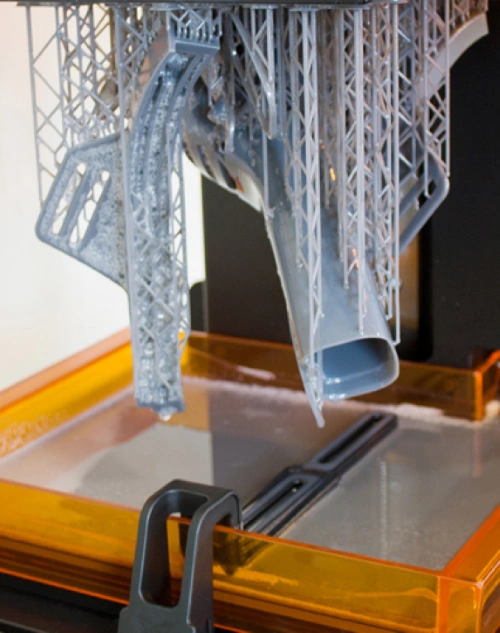
SLA Printing
Stereolithography (SLA) 3D printing technology uses a laser to cure liquid resin into solid plastic, known for its high resolution and smooth surface finish. It is ideal for creating detailed and accurate prototypes, models, and parts. SLA printing is widely used in industries such as dentistry, jewelry, and product design.
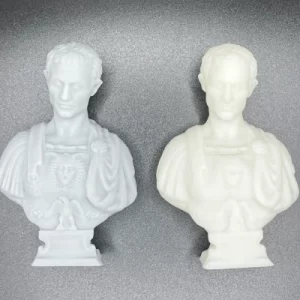
Standard SLA Resins: These are the most common and cost-effective resins, ideal for concept models and rapid prototypes. Accura® Xtreme™, Accura® Xtreme™ 200, and clear resins like Accura® 60.
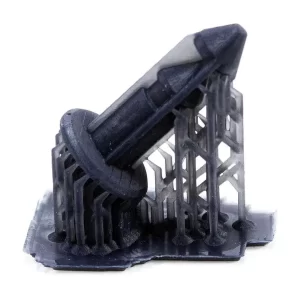
Engineering SLA Resins: These resins can closely resemble injection-molded plastics, rubber-like/ rigid ceramic-filled resin, etc.
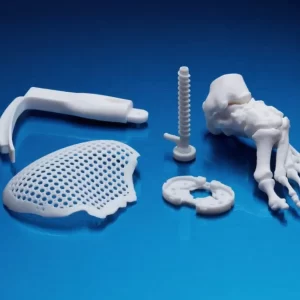
Dental and Medical SLA Resins: Biocompatible Class I (for custom medical appliances) and Class IIa (for long-term dental applications).

Castable SLA Resins: These are specialized resins capable of creating intricate details and smooth surfaces, such as resins used for producing try-on pieces, custom jewelry, and reusable molds.
|
Compatible Material |
Applications |
Accuracy |
|
Nylon (PA 12) |
Functional prototypes, complex geometries, end-use parts |
± 0.3 mm |
|
Nylon 11 |
Medical devices, aerospace parts, automotive components |
± 0.3 mm |
|
Nylon Filled with Glass Beads |
Structural components, housings, tooling |
± 0.3 mm |
|
Alumide (Nylon filled Aluminum) |
Functional models, automotive parts, design models |
± 0.3 mm |
|
Thermoplastic Polyurethane (TPU) |
Flexible prototypes, seals, gaskets |
± 0.3 mm |
|
Polypropylene (PP) |
Living hinges, fluid systems, consumer goods |
± 0.3 mm |
|
Carbon Fiber Reinforced Nylon |
High-strength parts and lightweight components |
± 0.3 mm |
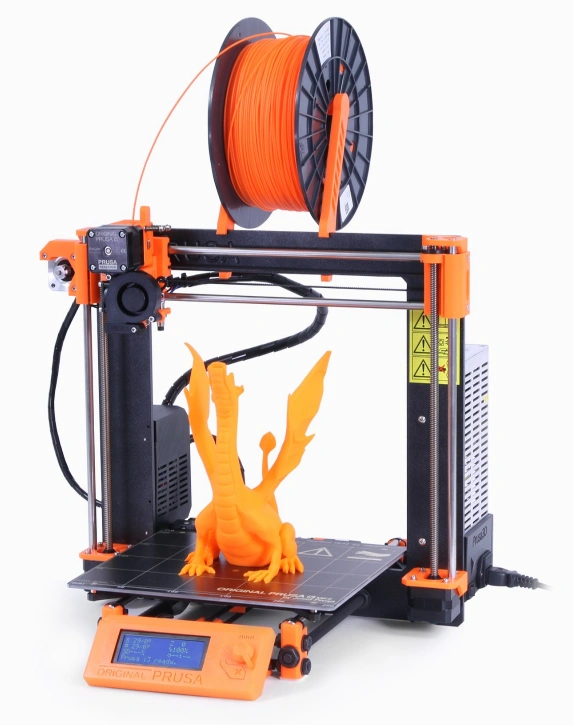
FDM Printing
Fused Deposition Modeling, FDM 3D printing builds objects layer by layer by extruding thermoplastic filaments through a heated nozzle. The part is built up sequentially from the bottom, following the design specifications, until the final shape is complete. Our FDM printing service is known for simplicity, good mechanical properties, cost-effectiveness, and versatility.
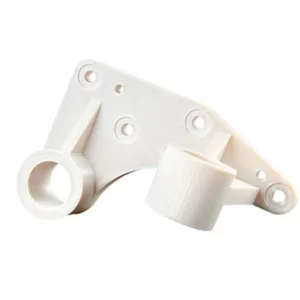
ABS: ABS offers Durability and heat resistance, ideal for functional parts and prototypes that need to withstand higher temperatures.
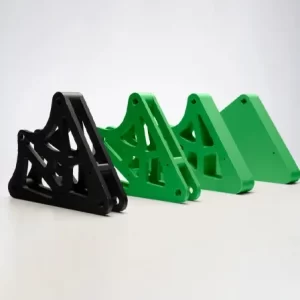
PLA: It is a biodegradable material that’s easy to print and also provides excellent surface finish and details.
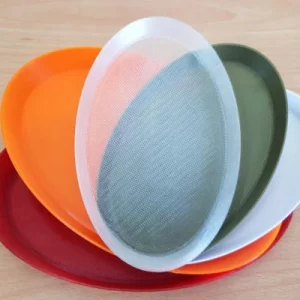
PETG: PETG combines the ease of printing found in PLA with the strength and flexibility of ABS. It is also resistant to impact and moisture and is suitable for mechanical parts.
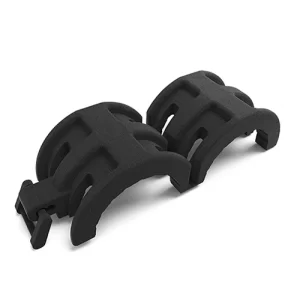
Nylon: Nylon is tough and wear-resistant, ideal for high-stress applications and moving parts.
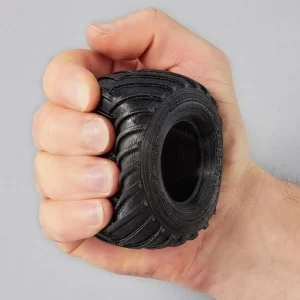
TPU: It is a flexible and elastic material, perfect for creating rubber-like parts. For instance, seals, and gaskets.
|
Material |
Applications |
Accuracy |
|
ABS |
Testing prototypes, automotive parts, enclosures |
± 0.15 mm |
|
PLA |
Concept models, educational purposes, hobbyist projects |
± 0.1 mm |
|
PETG |
Waterproof applications, snap-fit components, containers |
± 0.2 mm |
|
Nylon |
Wear-resistant parts, functional prototypes, gears |
± 0.2 mm |
|
TPU |
Flexible prototypes, seals, vibration-dampening parts |
± 0.2 mm |
|
PVA |
Soluble support material |
± 0.1 mm |
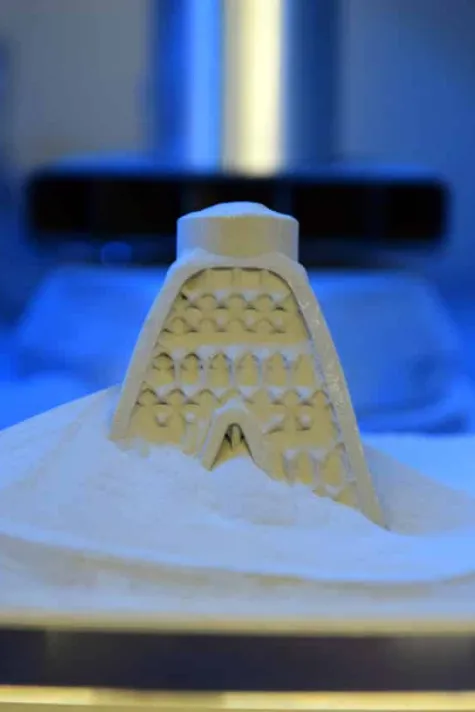
SLS Printing
Selective Laser Sintering (SLS) printing builds durable functional parts by sintering the powdered material and binding it together. Our SLS 3D printing service is known for its complex and strong parts, prototyping, small batches, and custom designs.
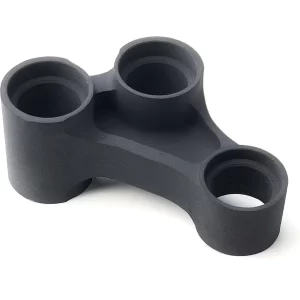
Nylon: Two types; Nylon 11, and Nylon 12. High strength, stiffness, and durability. It is suitable for impact and weather-resistant parts.

Nylon Composites: Nylon reinforced with glass, aluminum, or carbon fiber, resulting in higher strength and rigidity.
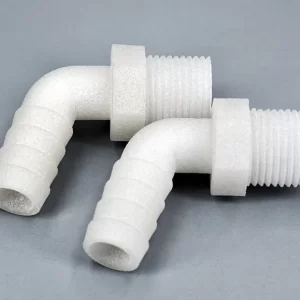
Polypropylene (PP): A ductile, lightweight, durable, weldability, and chemically resistant material for SLS 3D printing. It can build prototypes, end-use parts, and medical devices.
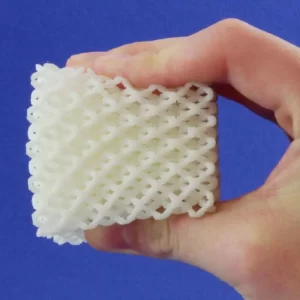
Thermoplastic Polyurethane (TPU): TPU is flexible, elastic, and has a rubber-like texture. It provides excellent shock absorption and high UV stability.
|
Material |
Applications |
Accuracy |
|
Nylon 12 |
Functional prototyping, end-use parts, medical devices |
± 0.3 mm |
|
Nylon 11 |
Flexible prototypes, end-use parts, medical devices |
± 0.3 mm |
|
Nylon Composites |
Structural end-use parts, functional prototyping |
± 0.3 mm |
|
Polypropylene (PP) |
Watertight applications, functional prototypes, medical devices |
± 0.3 mm |
|
Thermoplastic Polyurethane (TPU) |
Flexible parts, seals, medical devices |
± 0.3 mm |
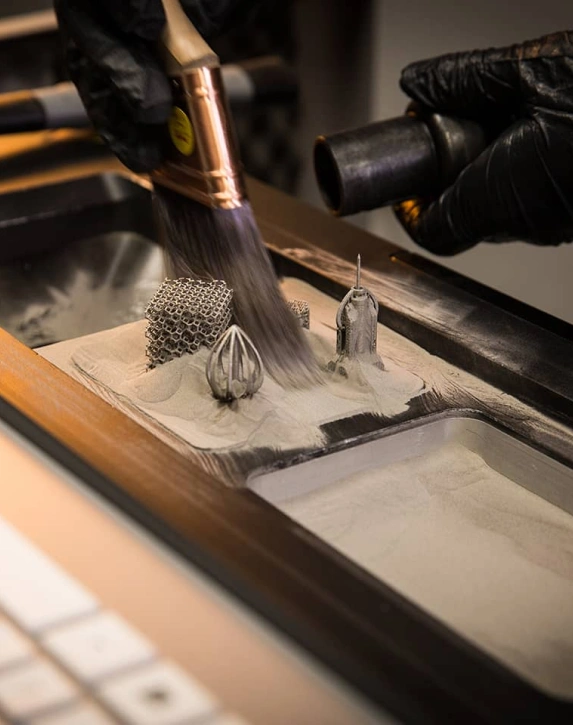
DMLS Printing
Direct Metal Laser Sintering (DMLS) 3D printing is an advanced technology that uses a laser to sinter powdered metal, layer by layer, to create complex and highly detailed metal parts. So, it is the option when you need complex 3D print metal parts.
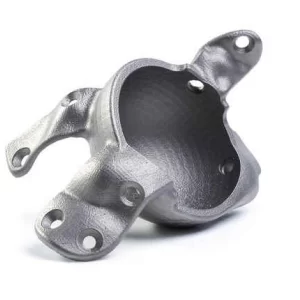
Titanium Alloys: High strength-to-weight ratio, corrosion resistance, and biocompatibility. Titanium 3D print parts are used in aerospace, medical implants, and automotive parts
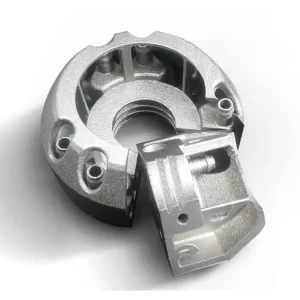
Maraging Steel Alloys: These are high-strength, low-carbon steel alloys, known for excellent toughness. They can be heat-treated after printing.
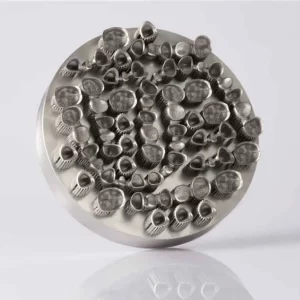
Cobalt-Chromium Alloy: These are high wear resistance, strength, and corrosion resistance materials, heavily popular in 3D printing of medical implants and dental prosthetics.
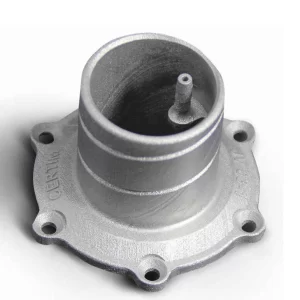
Aluminum Alloys: A lightweight 3D printing material with excellent mechanical properties and heat & electrical conductivity.
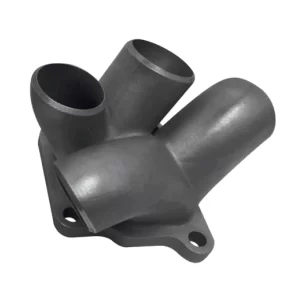
Nickel Super Alloy: Exceptional heat resistance and strength at high temperatures, they maintain their properties under extreme conditions.
|
Material |
Applications |
Tolerance |
|
Titanium Alloys |
Aircraft and automotive components, medical implants |
± 0.002 – 0.005 inches |
|
Maraging Steel Alloys |
Tooling, molds, high-performance engineering parts |
± 0.001 – 0.003 inches |
|
Cobalt Chromium Alloy |
Medical implants, dental prosthetics, industrial parts |
± 0.001 – 0.005 inches |
|
Aluminum Alloys |
Aerospace, automotive, heat exchangers |
± 0.002 – 0.006 inches |
|
Nickel Super Alloy |
Gas turbine parts, exhaust systems, high-temperature applications |
± 0.002 – 0.005 inches |

SLA 3D printing
SLA 3D printing technology uses a laser to cure liquid resin into solid plastic, known for its high resolution and smooth surface finish. It is ideal for creating detailed and accurate prototypes, models, and parts. SLA printing is widely used in industries such as dentistry, jewelry, and product design.
Standard SLA Resins

- Standard SLA Resins: These are the most common and cost-effective resins, ideal for concept models and rapid prototypes. Accura® Xtreme™, Accura® Xtreme™ 200, and clear resins like Accura® 60.
Engineering SLA Resins

- Engineering SLA Resins: These resins can closely resemble injection-molded plastics, rubber-like/ rigid ceramic-filled resin, etc.
Dental and Medical SLA Resins

- Dental and Medical SLA Resins: Biocompatible Class I (for custom medical appliances) and Class IIa (for long-term dental applications).
Castable SLA Resins

- Castable SLA Resins: These are specialized resins capable of creating intricate details and smooth surfaces, such as resins used for producing try-on pieces, custom jewelry, and reusable molds.

FDM 3D printing
Fused Deposition Modeling, FDM 3D printing builds objects layer by layer by extruding thermoplastic filaments through a heated nozzle. The part is built up sequentially from the bottom, following the design specifications, until the final shape is complete. Our FDM printing service is known for simplicity, good mechanical properties, cost-effectiveness, and versatility.
ABS

- ABS: ABS offers Durability and heat resistance, ideal for functional parts and prototypes that need to withstand higher temperatures.
PLA

- PLA: It is a biodegradable material that’s easy to print and also provides excellent surface finish and details.
PETG

- PETG: PETG combines the ease of printing found in PLA with the strength and flexibility of ABS. It is also resistant to impact and moisture and is suitable for mechanical parts.
Nylon

- Nylon: Nylon is tough and wear-resistant, ideal for high-stress applications and moving parts.
TPU

- TPU: It is a flexible and elastic material, perfect for creating rubber-like parts. For instance, seals, and gaskets.

SLS 3D printing
SLS printing builds durable functional parts by sintering the powdered material and binding it together. Our SLS 3D printing service is known for its complex and strong parts, prototyping, small batches, and custom designs.
Nylon

- Nylon: Two types; Nylon 11, and Nylon 12. High strength, stiffness, and durability. It is suitable for impact and weather-resistant parts.
Nylon Composites

- Nylon Composites: Nylon reinforced with glass, aluminum, or carbon fiber, resulting in higher strength and rigidity.
Polypropylene (PP)

- Polypropylene (PP): A ductile, lightweight, durable, weldability, and chemically resistant material for SLS 3D printing. It can build prototypes, end-use parts, and medical devices.
Thermoplastic Polyurethane (TPU)

- Thermoplastic Polyurethane (TPU): TPU is flexible, elastic, and has a rubber-like texture. It provides excellent shock absorption and high UV stability.

DMLS 3D printing
DMLS 3D printing is an advanced technology that uses a laser to sinter powdered metal, layer by layer, to create complex and highly detailed metal parts. So, it is the option when you need complex 3D print metal parts.
Titanium Alloys

- Titanium Alloys: High strength-to-weight ratio, corrosion resistance, and biocompatibility. Titanium 3D print parts are used in aerospace, medical implants, and automotive parts
Cobalt-Chromium Alloy

- Cobalt-Chromium Alloy: These are high wear resistance, strength, and corrosion resistance materials, heavily popular in 3D printing of medical implants and dental prosthetics.
Maraging Steel Alloys

Maraging Steel Alloys: These are high-strength, low-carbon steel alloys, known for excellent toughness. They can be heat-treated after printing.
Aluminum Alloys

- Aluminum Alloys: A lightweight 3D printing material with excellent mechanical properties and heat & electrical conductivity.
Nickel Super Alloy

- Nickel Super Alloy: Exceptional heat resistance and strength at high temperatures, they maintain their properties under extreme conditions.
Finishing Options for 3D Printing
Although the 3D print parts might contain visible layer marks on their surface, you can treat them with various surface finish techniques and colors.
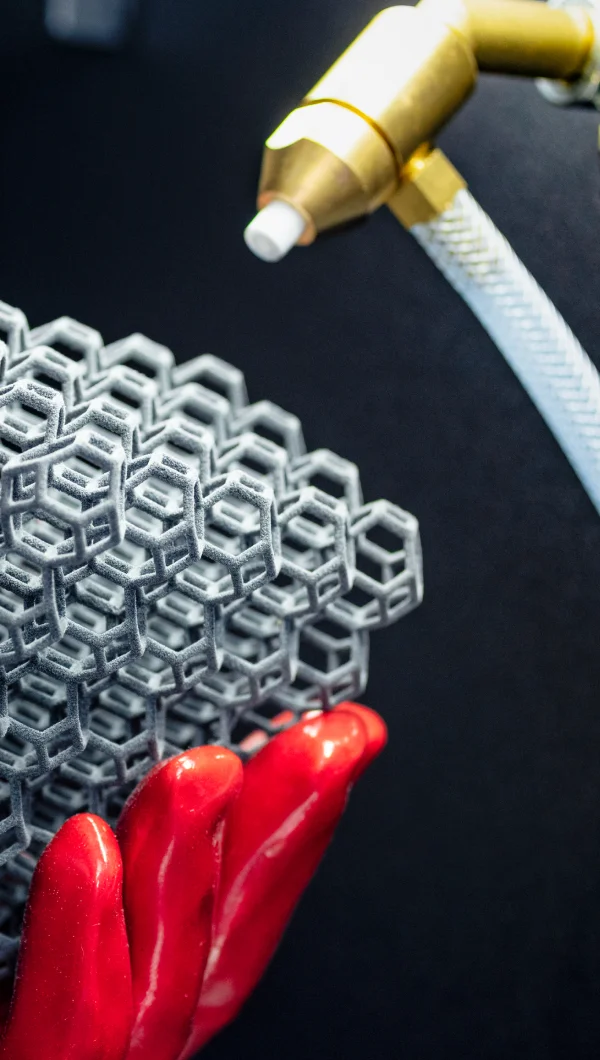
Sanding: The abrasive sand grit removes larger imperfections and fines the print surface. It is an ideal base for further finishing processes like painting.
Polishing: The gradual blasting of aggressive to finer grits provides a glossy and smooth polished surface. This technique enhances the aesthetic appeal and improves the coefficient of friction.
Painting: The paints with countless colors can be costed into 3D print products after sanding for customization and protection.
Annealing: This process smooths out the surface by slightly melting the outer layers, commonly used with materials like PLA and ABS. The heating of 3D-printed parts to a specific temperature reduces internal stresses.
Vapor Smoothing: It uses a solvent vapor, such as acetone for ABS or ethyl acetate for PLA, to smooth the surface of a 3D-printed object. The vapor slightly melts the outer layer and gives the part a glossy finish.
Epoxy Coating: Applying a protective layer of epoxy resin to the surface of the 3D-printed part for durability and a smooth & glossy finish. The resin is typically brushed or sprayed on the surface.
How to Order Parts?
Get a free quote from a real engineer; once we receive your design, our engineer will review it and send you a quote as fast as one hour.

Get A Quote Immediately
Upload your design or email our engineer directly and get your quotes as fast as one hour.

Start Production
Your parts will be made once your orders are confirmed. Besides, you will get real-time order updates of the production status from our order tracking system.

Receive Your Part
After all parts pass QC inspection, they will be well packed from transportation accidents. Then, your custom parts are delivered straight to your doorstep.
Advantages of 3D Printing
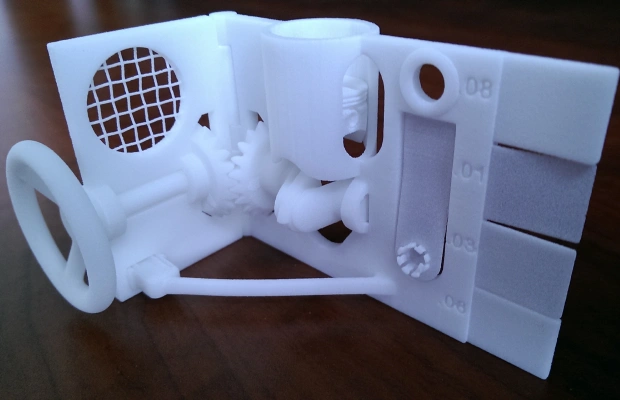
- Minimal Assembly
3D printers can build a single item or product with various features! You don’t need to produce single components and assemble them to form the product.
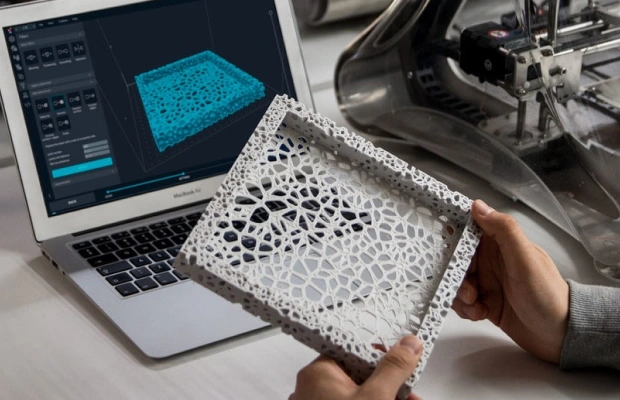
- Rapid Prototyping
3D printing is best for functional prototypes for the testing of functionality and performance. It does not need any time-consuming and costly tooling. Upload your design, set the raw material, and start the printing.
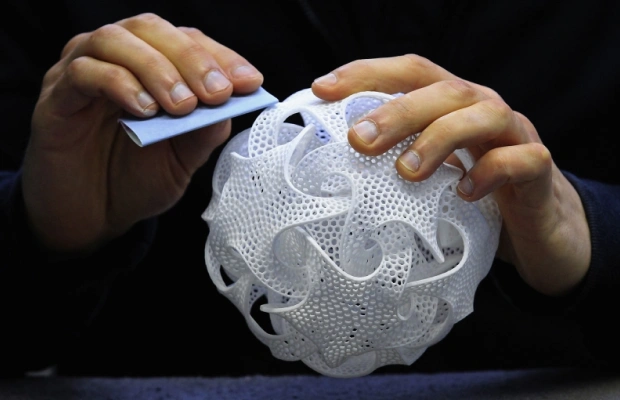
- Complex Shapes and Features
The additive approach of 3D printing can convert complex 3D models into physical objects including geometrical features like irregular shapes, overhangs, undercuts, internal channels and voids, interlocking components, detailed texture, etc.
Comparison with Other Manufacture Processes
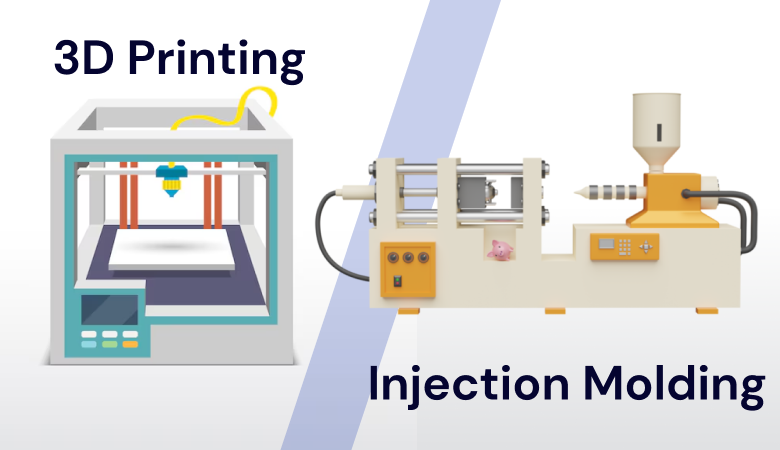
3D Printing Vs Injection Molding
Injection molding creates final parts by injecting the molten thermoplastic into a pre-made mold, capturing the detailed cavities. Once the mold is manufactured, it can be reused to produce identical parts in large volumes at low cost.
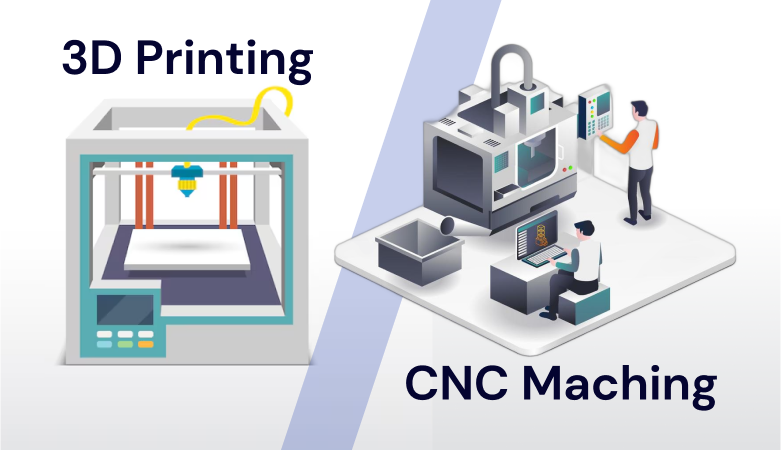
3D Printing Vs CNC Machining
Unlike 3D printing, CNC machining is a subtractive manufacturing process. CNC machines use rotating cutting tools to remove the material from the workpiece, providing the designed shape.
| Aspect | 3D Printing | Injection Molding |
| Batch Size | Cost-effective for low volumes | Ideal for high-volume production (1000+ parts) |
| Design Complexity | Excels at complex designs with precision | Limited by mold design; difficult to remove small intricate parts |
| Turnaround Time | Faster, as little as 1 day | Longer due to mold creation (10-20 days) |
| Customization | Easy to customize and modify | Difficult and costly to modify molds |
| Material Strength | Layer-by-layer build can lose the original strength | Stronger parts due to single-layer parts |
| Surface Finish | It might require additional post-processing | Smooth and uniform finish |
|
Aspect |
3D Printing |
CNC Machining |
|
Material Range |
Plastics, metals, ceramics, composites |
Metals, plastics, wood, composites |
|
Complexity |
High complexity with few geometric limitations |
Limited by tool access and geometry |
|
Tolerance |
± 0.100 – 0.300 mm |
± 0.025 – 0.125 mm |
|
Surface Finish |
Visible layer lines; vary by process |
Smooth surface with minimal irregularities |
|
Cost Efficiency |
For low volumes and complex parts |
Better for medium to high volumes |
|
Lead Time |
Quick setup, quick turnaround for prototypes and custom designs |
Longer setup, efficient for high-volume |
Applications of 3D Printing
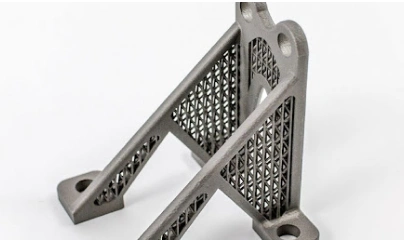
Aviation
FDM, SLA, and SLS 3D printing are used in aviation for producing lightweight and complex components, such as turbine blades, air ducts, engine components, air ducts, cabin interiors, etc.
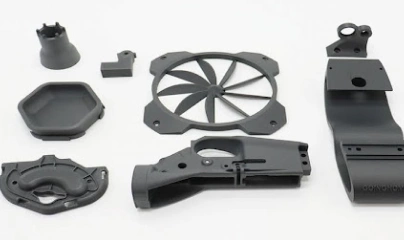
Automobile
Rapid prototypes and custom automotive components for bikes, cars, trucks, and other vehicles. For example, interior trims, lightning assemblies, brake parts, and testing prototypes.
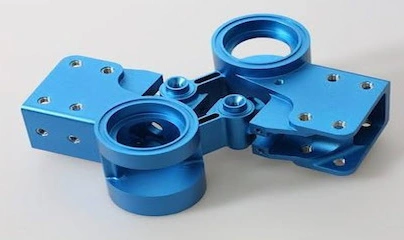
Prototyping and Manufacturing
You can accelerate the prototyping process with 3D printing as it allows quick iterations and modifications. For example, end-use prototypes, molds, and jigs.
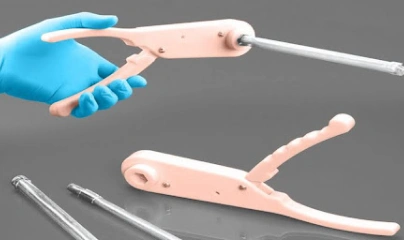
Medicare
3D printing in healthcare allows for the creation of patient-specific models and implants, improving treatment outcomes and surgical precision. For example; dental implants, prosthetics, custom surgical instruments, tissue and organ model printing, etc.
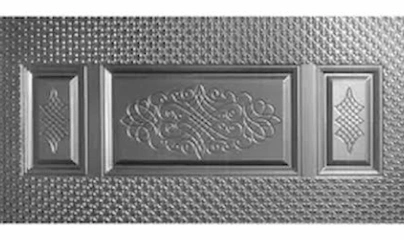
3D Printing Technology for Construction
The construction industry benefits from 3D printing technology for complex structures and research models like wall panels, structural frames, modular units, etc.
3D Printing Gallery
3D Printing FAQs
What are the common materials used in 3D printing?
What are the benefits of 3d printing?
What are the limitations of 3d printing?
What materials cannot be 3D printed?
What post-processing techniques can be used to improve the surface finish of plastic 3D-printed parts?
Get Your Parts Made Today
All uploads are secure and confidential.
